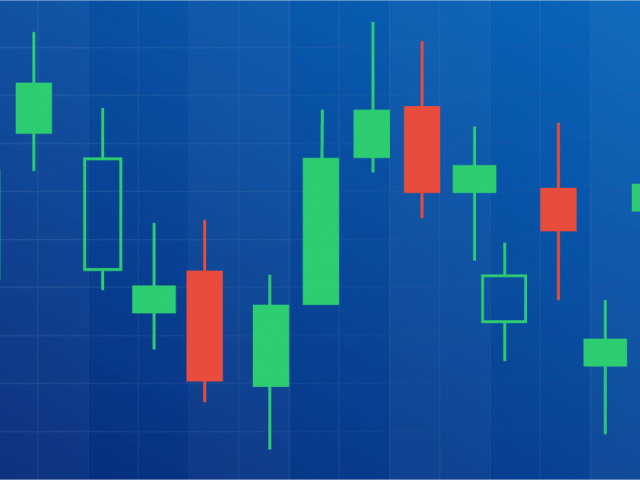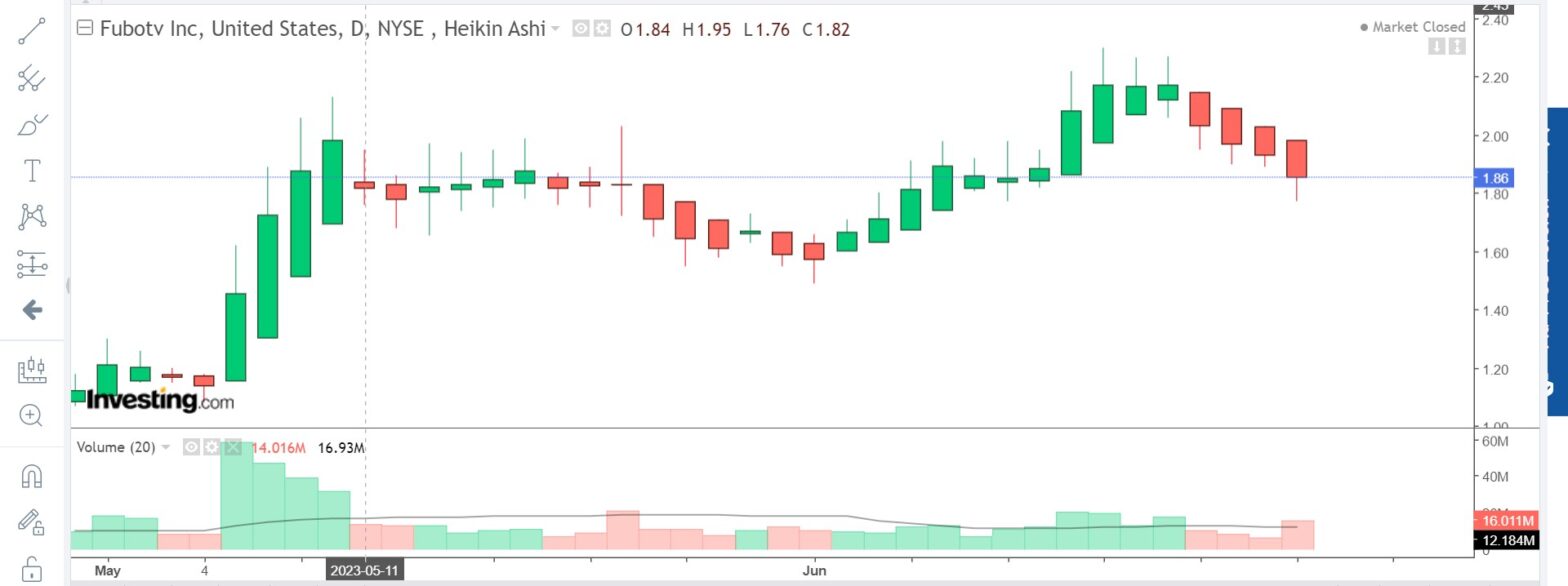Trailing Stop Loss: Guide to Protecting Your Investments.
Understanding Trailing Stop Loss
A trailing stop loss is a type of order that automatically adjusts the stop price as the market price moves in favor of the trade. Unlike a traditional stop loss order, which remains fixed at a specific price level, a trailing stop loss order moves with the market price, protecting profits by maintaining a predetermined percentage or dollar amount below the highest price reached.
The concept of trailing stop loss can be better understood through an example. Let’s say you purchase shares of XYZ Company at $50 per share. You set a trailing stop loss order at 10% below the highest price reached. As the stock price rises to $60 per share, your trailing stop loss order would adjust to $54 per share (10% below $60). If the stock price then drops to $54 or below, your trailing stop loss order would trigger, protecting your profits and limiting potential losses.
Benefits of Trailing Stop Loss
Implementing a trailing stop loss strategy offers several advantages for investors:
1. Capital Preservation: By setting a trailing stop loss order, investors can protect their capital by limiting potential losses if the market turns against their position.
2. Emotional Discipline: Traders often struggle with emotional decision-making when it comes to cutting losses. A trailing stop loss eliminates the need for manual intervention, ensuring that the strategy is executed consistently and without emotional bias.
3. Potential for Increased Profits: Trailing stop loss orders allow investors to capture more significant gains by allowing profits to run as long as the market price continues to rise.
Implementing Trailing Stop Loss
To effectively implement a trailing stop loss strategy, it is essential to consider the following factors:
1. Determining the Trailing Stop Percentage or Dollar Amount: The choice of trailing stop percentage or dollar amount depends on individual risk tolerance and market conditions. A common approach is to set a trailing stop loss at 10-20% below the highest price reached.
2. Timeframe Considerations: Different timeframes may require different trailing stop loss settings. Short-term traders may opt for tighter trailing stops, while long-term investors may choose wider trailing stops to allow for market fluctuations.
3. Volatility and Market Conditions: Highly volatile markets may require wider trailing stops to avoid premature triggering, while less volatile markets may benefit from tighter trailing stops.
4. Regular Monitoring and Adjustments: Traders should regularly monitor their positions and adjust trailing stop loss orders accordingly as the market price moves in their favor.
Trailing stop loss orders are a great tool for managing risk and protecting investments in the financial markets. By automatically adjusting the stop price as the market price moves in favor of the trade, investors can limit potential losses while still allowing for potential gains. Implementing a trailing stop loss strategy requires careful consideration of factors such as risk tolerance, market conditions, and timeframe considerations. By incorporating this powerful tool into your investment approach, you can enhance your risk management practices and increase your chances of long term success.
Simon Frandsen / Pyjamastraders




